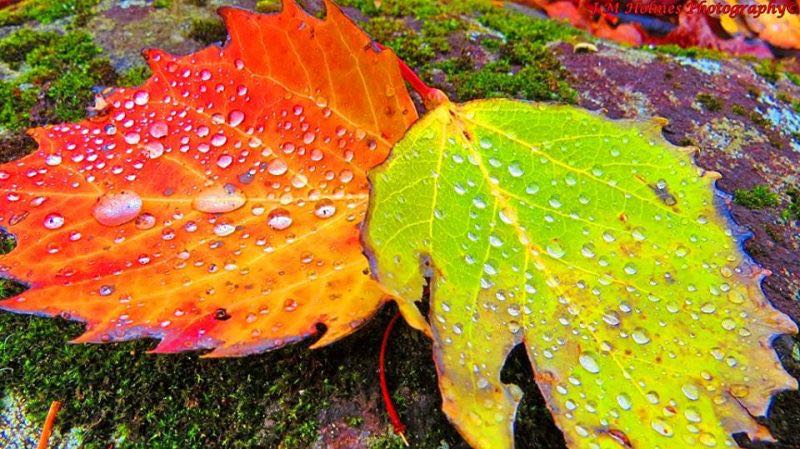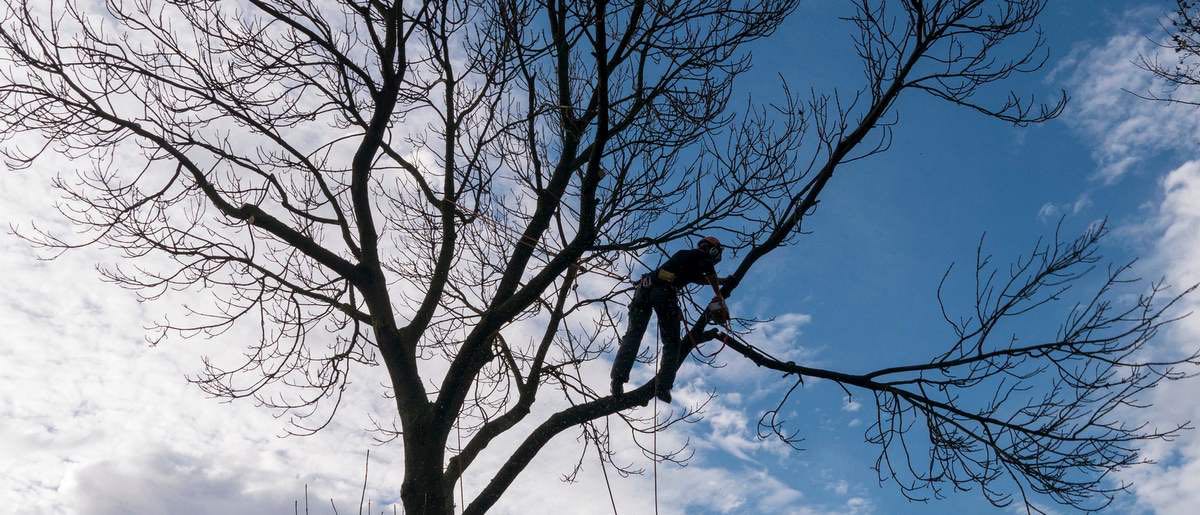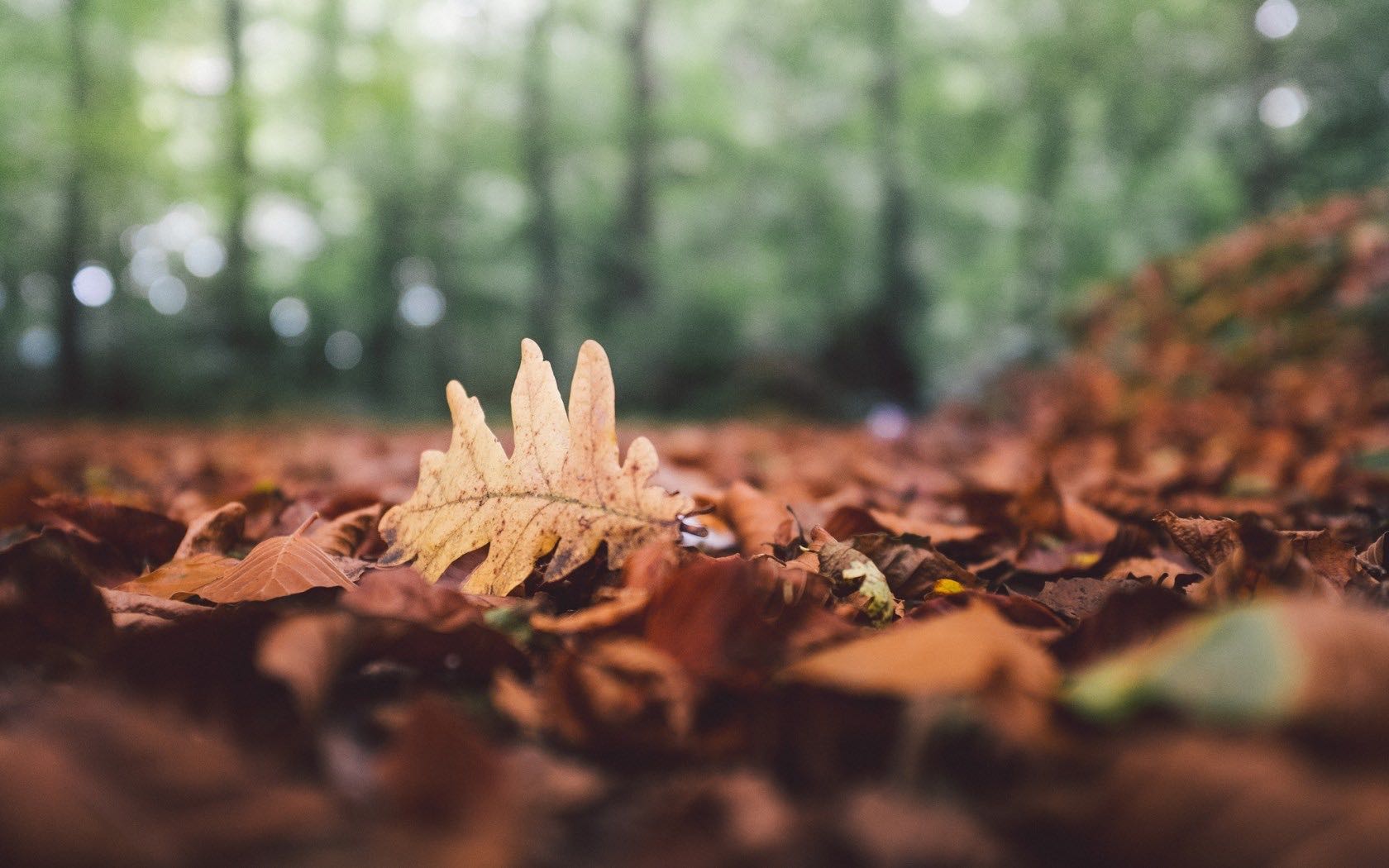Preparing Trees for the Changing Seasons

As the cooler temperatures enter, our trees encounter obvious changes. The leaves change colors, they eventually drop, and our trees go through a “dormant” season. During the dormant season, trees are not actively growing. They are using stored resources to stay alive until the following growing season. There are a few things we can do for our trees during the dormant season to keep them healthy and thriving and ready for the following growing season.
1. Fertilize your trees. While not all trees require fertilizing, some will benefit from the boost of nutrients that have been depleted during the growing season.
2. Water. Trees still need adequate water in the cooler seasons. A long season of drought can severely damage a tree. It is best to give trees long, deep soakings when the ground temperature is above 40 degrees.
3. Mulch. Mulch is something we are always recommending to our customers. Mulch adds fertility to the soil as it breaks down, retains moisture in the soil, and acts as a buffer to the roots just below the surface with extreme temperatures. Adding mulch correctly around your trees can benefit them in numerous ways.
4. Pruning. Keeping your trees on a regular pruning schedule is critical in preventing damage from snow, ice, and wind in the colder seasons.

Above, we mentioned that pruning trees is an important step in preparing your trees for the changing seasons. Why is pruning so important? What are some reasons we prune trees?
One main reason it is important to prune your trees is for a stronger structure. An arborist can decide which branches should stay and which branches may cause damage from falling. Living in Missouri, especially, it is hard to predict the weather we will face in the next season. It is best to be proactive in tree care and prune now to avoid damage that can occur from weak branches.
Another reason we prune is to remove any dead or diseased wood. By removing these damaged branches, we are removing the risk of them falling. Dead branches also attract certain unwanted pests and fungi that feed on decaying wood.
Sometimes we can restrict growth by pruning. Subordinate pruning is a type of pruning we do on trees that have codominant stems. We prune away from our selected trunk over a period of several years to reduce the growth and promote one strong central leader.
We also get several calls to prune a tree away from a structure, branches that are overhanging a roof, or to raise the canopy for clearance underneath. A general rule is that we never want to take more than 25% of the tree’s leaf at one time, which can shock and stress the tree.
There are many reasons why pruning is beneficial to your tree and property. It is important to hire an arborist to assess the work that your trees need.

Trees need nutrients to survive. In nature, nutrients are naturally available to forest trees. This is because leaves and decaying matter are left on the ground to decompose, leaving a layer of organic matter in the soil. The nutrients from this organic layer are readily available to the tree’s absorbing roots. Our yards are much different than the forest floors. We rake away leaves, our soils tend to be compacted and depleted of nutrients, and our trees compete for resources with turf. To compensate for the lack of nutrients in our soils, sometimes our trees need to be fertilized. Fertilizer can reduce the stress our trees face in an urban environment, return the tree’s vigor, and aid in resisting injury from pests and diseases.
Fertilizing should be done in the dormant season or spring. A slow-release fertilizer is recommended to uniformly release nutrients over an extended period. This reduces the risk of “fertilizer burn” which can happen from a sudden shot of Nitrogen to the tree.
There are several symptoms that tell an arborist that a tree needs to be fertilized. Dying or dead branch tips, lighter colored leaves, or reduced growth are a few indicating symptoms. A soil test may be necessary to determine the tree’s ability to take up nutrients. Certain nutrients are only available to a tree at a specific pH level. If the pH level of the soil is way off, fertilizing the tree could be pointless because the tree is unable to take up the nutrients. Soil can be amended to reduce or raise the soil pH by adding sulfur (lower pH) or lime (raise pH).
Trees face a lot of unnatural obstacles in our landscapes and fertilizer may be a necessary treatment for the tree to compensate for those stressors. An arborist will be able to tell you if your trees need fertilizing.
Whether you need help preparing your trees for the dormant season, need advice on pruning your trees, or would like to know if your trees need to be fertilized, give us a call today to inspect your trees this fall.

